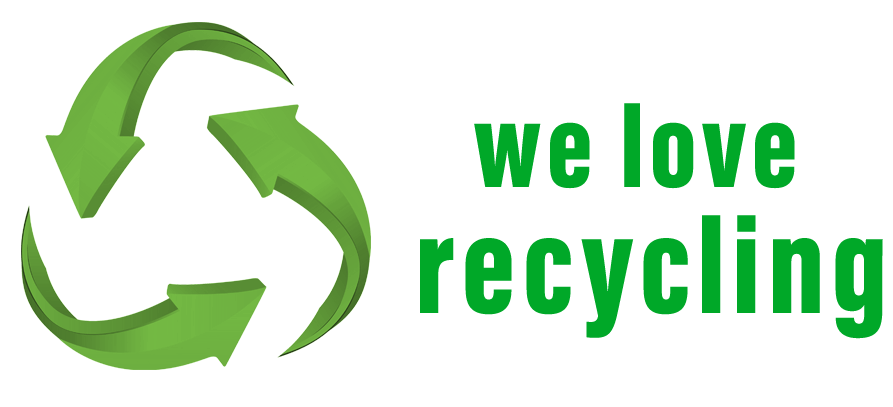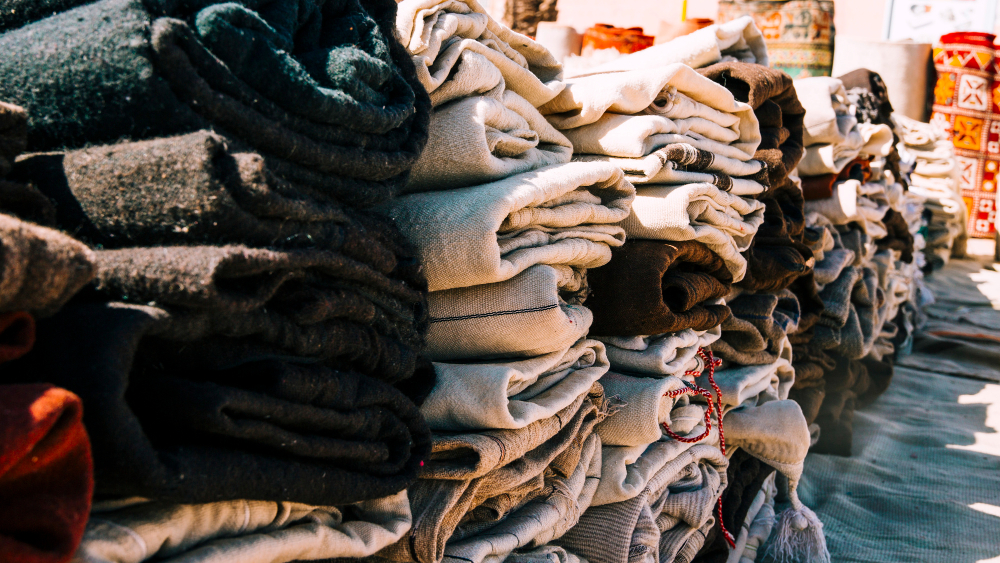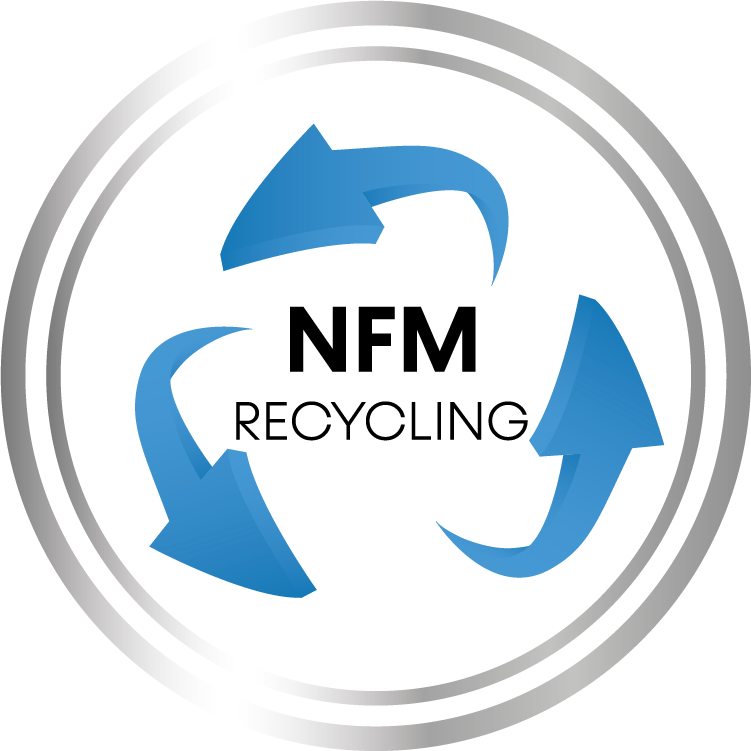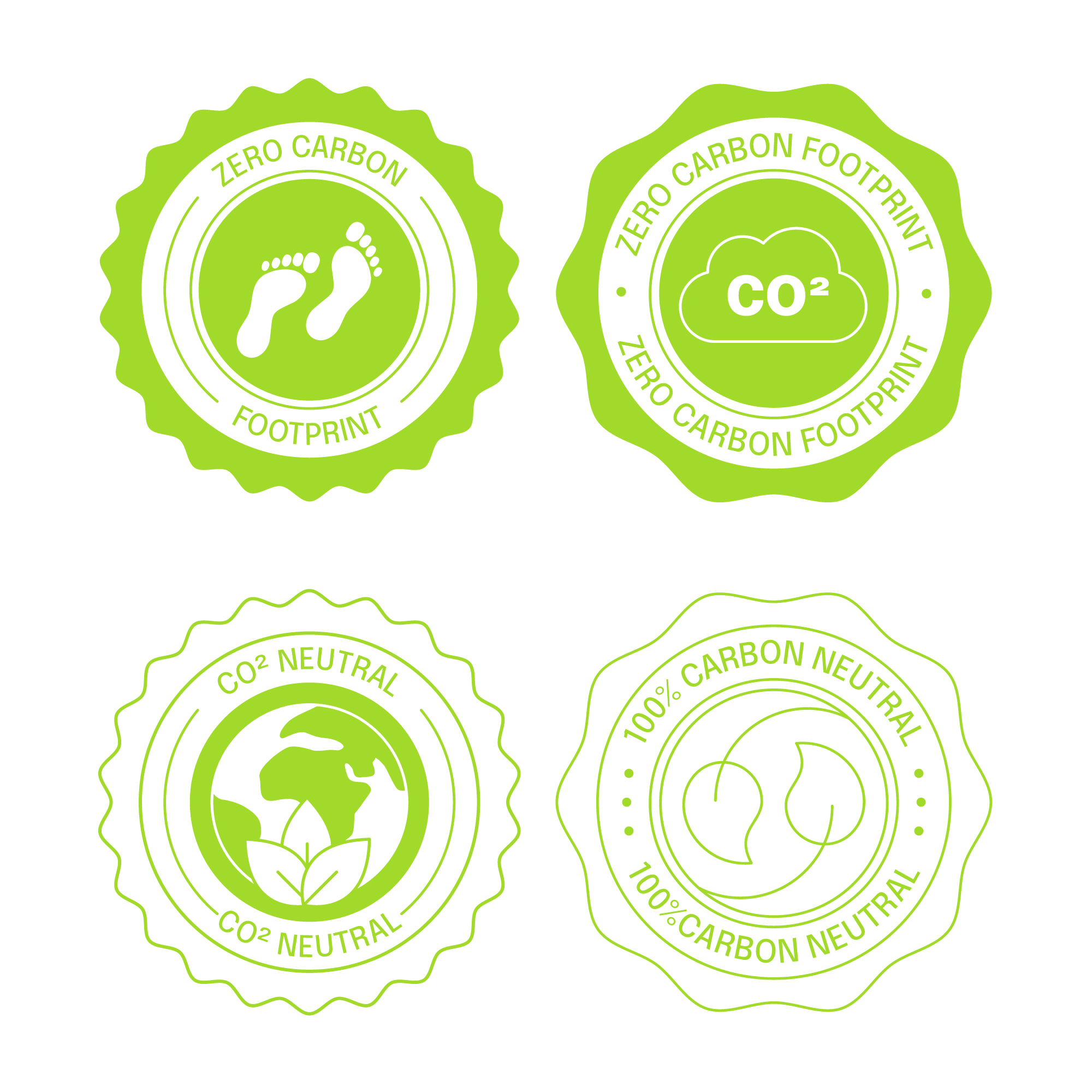Weaving for the Future: Textile Recycling as a Path to Sustainability
The textile industry, known for its creative diversity and fast trends, is now facing an immense challenge: sustainability. As the CEO of a textile company, the decisions you make are crucial as the impact on the environment and the well-being of the global community cannot be underestimated. In this blog post, we will explore the pressing issues facing the textile industry, the impact of CEOs on sustainable practices, and the increasing importance of textile recycling as a path to positive change.
The big problem in the textile industry
The textile industry is one of the largest polluters in the world. From the massive waste of water in production to the disposal of non-biodegradable waste, the industry contributes significantly to the environmental footprint. According to the Ellen MacArthur Foundation, approximately 73% of textiles produced end up in landfills or are incinerated each year. These alarming figures highlight the urgent need for more sustainable practices in the textile industry.

Textile recycling as an answer to the challenge
1. Introducing circular economy
Circular economy approaches can extend the lifespan of textiles. By introducing recycling programs, textiles can be reused and waste can be reduced.
2. Promoting Sustainable Materials
CEOs can promote the use of environmentally friendly materials that are easily recyclable. Choosing organic cotton, Tencel or recycled synthetic fibers can make a significant contribution to reducing environmental impact.
3. Implementing Transparency
Transparent supply chains are critical. CEOs can work toward full disclosure of production processes and locations to ensure ethical and environmental standards are met.
4. Investing in research and innovation
The textile industry needs innovative solutions. CEOs can invest in researching new technologies that make textile recycling more efficient and sustainable.
5. Training and Awareness
Employees at all levels should be made aware of the importance of sustainable practices. Training can help raise awareness of the impact of the textile industry and turn employees into ambassadors for sustainable change.
6. Collaboration with Industry Players:
The challenges facing the textile industry require coordinated efforts. CEOs can partner with other companies, NGOs and government organizations to develop and implement industry-wide sustainability standards.

Textile Recycling: A Transformative Power
Textile recycling offers a transformative force for the industry. Not only does it reduce waste, but it also helps reduce the need for new raw materials. According to the World Economic Forum, switching to a circular economy could save up to 4.5 billion tons of CO2 per year. CEOs who support these recycling initiatives not only contribute to environmental rehabilitation but also create long-term value for their companies.
In an era where consumers are increasingly looking for ethical and sustainable brands, the shift to sustainable practices in the textile industry can no longer be postponed. CEOs have the power and responsibility to shape the future of the industry. Textile recycling is not only a way to reduce waste, but also a step towards an industry that meets the needs of today’s generation without compromising the opportunities of future generations.
Textile recycling in everyday life: small steps, big changes
Sustainability in the textile industry doesn’t just start with CEOs and companies, but can also be implemented in every household. Here are practical steps each individual can take to make a positive contribution to textile recycling and reducing their environmental footprint.
1. Rethink Closet:
Start by going through your closet. Identify clothes you no longer wear and consider whether they can be recycled or passed on.
2. Use brand recycling programs:
Many brands have started recycling initiatives. Find out about your favorite brands’ take-back programs where you can return old clothing. This is often easier than you think, and some brands even offer discounts on your next order as an incentive.
3. Sell Used Clothes:
Portals for selling used clothes offer a win-win situation. You can sell your unwanted clothes and give others the opportunity to purchase high-quality, used fashion at a reasonable price.
4. Start upcycling projects:
Instead of throwing away clothes, you can get creative and initiate upcycling projects. Turn old T-shirts into cleaning rags, sew trendy bags out of old jeans or create new accessories out of shirts you no longer wear.
5. Second-hand shopping:
If you need new clothes, remember to also check second-hand stores or online platforms for used clothes. This not only helps reduce waste, but also provides access to unique, sustainable pieces.
6. Conscious Consumption:
Before you buy new clothes, think about whether you really need them. Through more conscious consumption, you can make your personal contribution to reducing the demand for new textiles.

Conclusion: Sustainability starts at home
Textile recycling is not just a matter for the industry, but also for each individual. The steps mentioned are just a few ways you can get active in your own home. By making small changes in consumer behavior, we can together have a big impact on the sustainability of the textile industry and contribute to a more environmentally friendly future.










